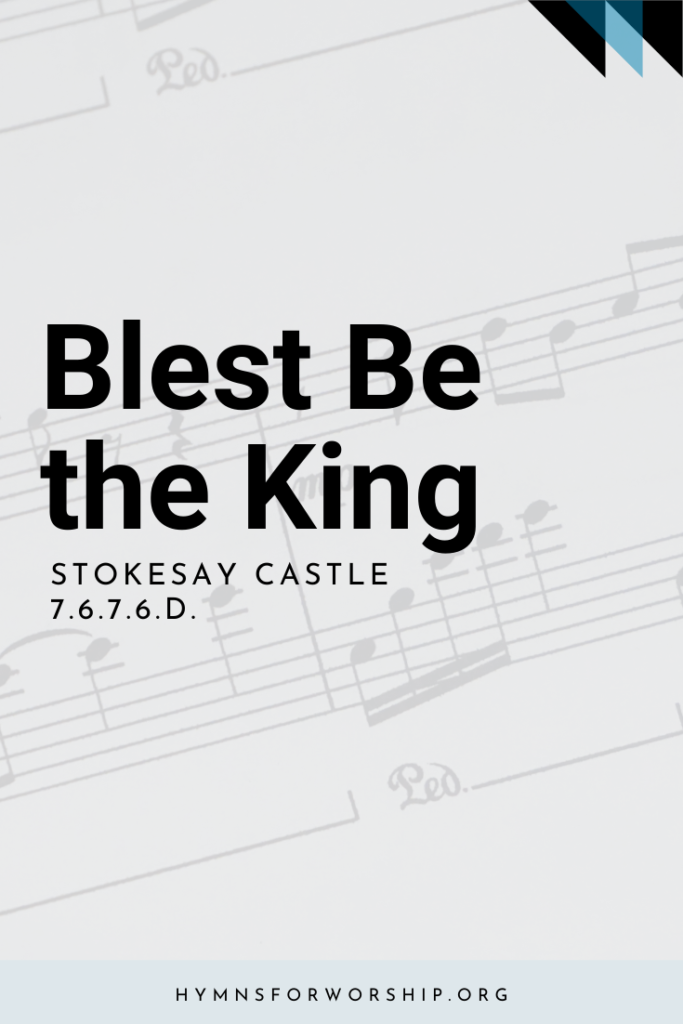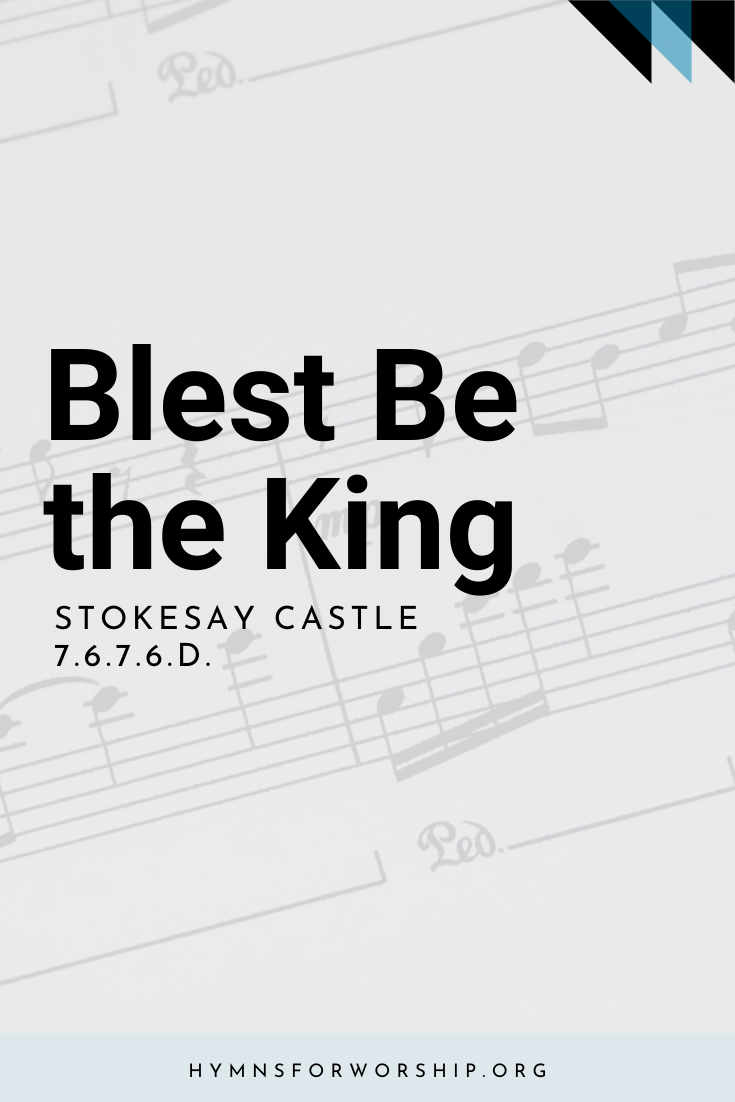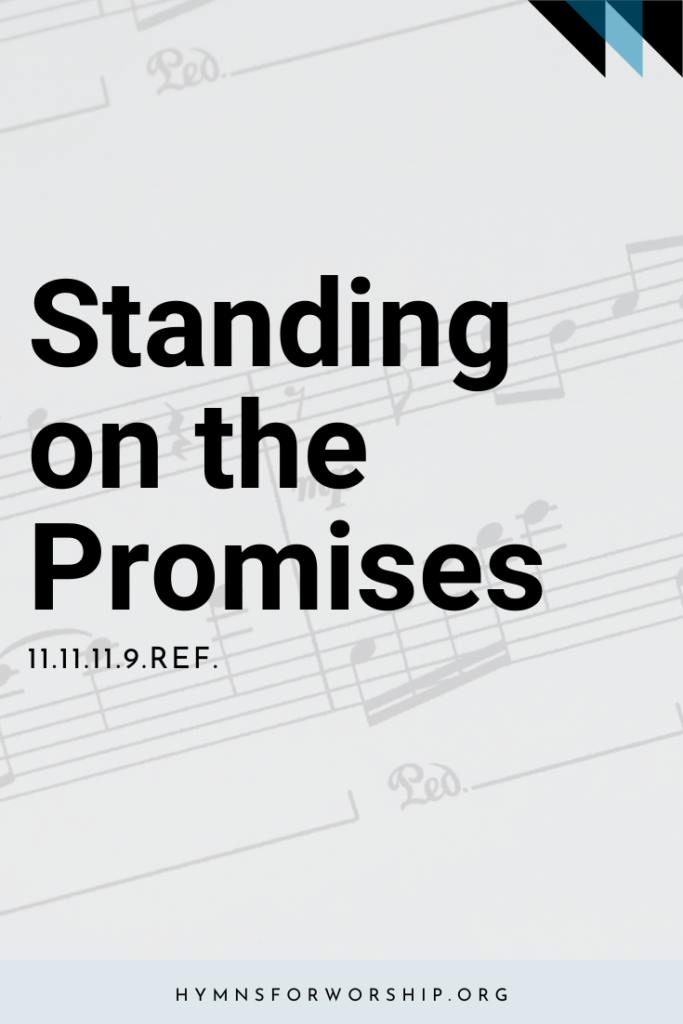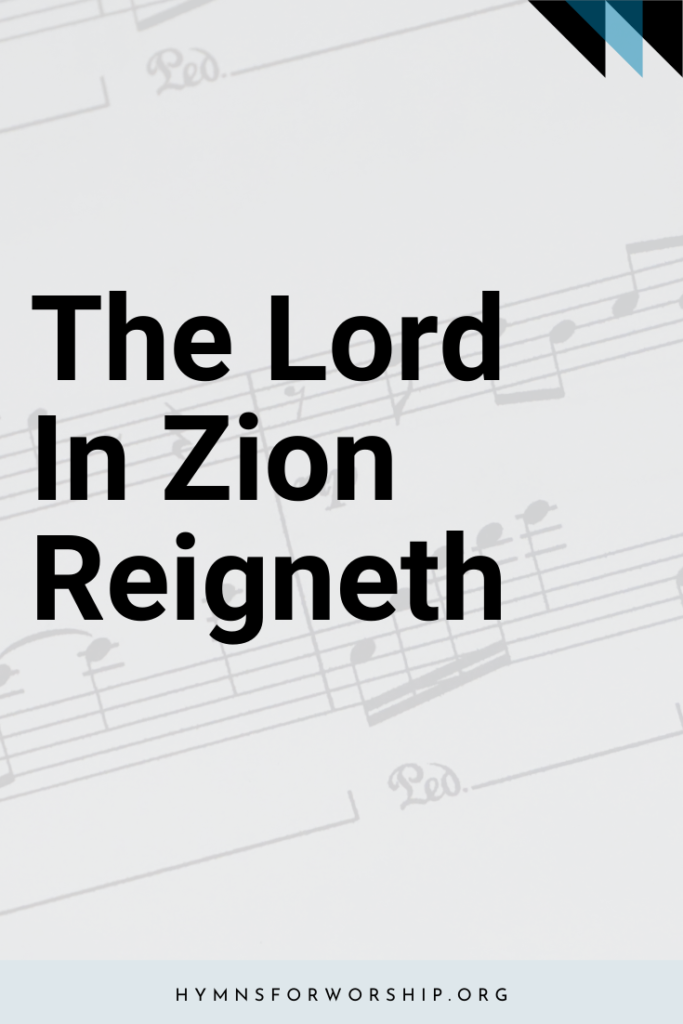JESUS CHRIST >> GLORY & PRAISE
SDAH 231
Blest be the King whose coming
Is in the name of God!
For Him let doors be opened,
No hearts against Him barred!


Text
1
Blest be the King whose coming
Is in the name of God!
For Him let doors be opened,
No hearts against Him barred!
Not robed in royal splendor,
In power and pomp comes He;
But clad as are the poorest,
Such His humility.
2
Blest be the King whose coming
Is in the name of God!
By those who truly listen
His voice is truly heard;
Pity the proud and haughty,
Who have not learned to heed
The Christ who is the promise,
Who has atonement made.
3
Blest be the King whose coming
Is in the name of God!
He only to the humble
Reveals the face of God.
All power is His, all glory!
All things are in His hand,
All ages and all peoples,
‘Till time itself shall end.
4
Blest be the King whose coming
Is in the name of God!
He offers to the burdened
The rest and grace they need.
Gentle is He and humble!
And light his Yoke shall be,
For He would have us bear it,
So He can made us free!

Hymn Info
Biblical Reference
(a) Mark 11:9, 10 (d) Matt 11:29
Author
Federico J. Pagura (1923-)
Translator
Fred Pratt Green (1903-2001)
Copyright
Words copyright 1974 by Hope Publishing Co., Carol Stream, IL 60188. All rights reserved. Used by permission. Music reproduced by permission of Novello & Company Limited.
Hymn Tune
STOKESAY CASTLE
Metrical Number
7.6.7.6.D.
Composer
Eric H. Thiman (1900-1975)
Alternate Tune
ST. THEODULPH SDAH 230

Get the hymn sheet in other keys here
Notes
Make each hymn more meaningful with these helpful tools: Short, ready-to-use hymn introductions for church bulletins, multiple ways to introduce a hymn based on your worship theme and in-depth history and insights to enrich your song service.
Our lesson says, “The theme of redemption is one that angels desire to look into; it will be the science and the song of the redeemed throughout the ceaseless ages of eternity.” Christ redeeming grace gives us the opportunity to proclaim His love to everyone. (Lesson 11, 1st Quarter 2021 -Monday, High Thoughts and Ways, 3/8/2021





